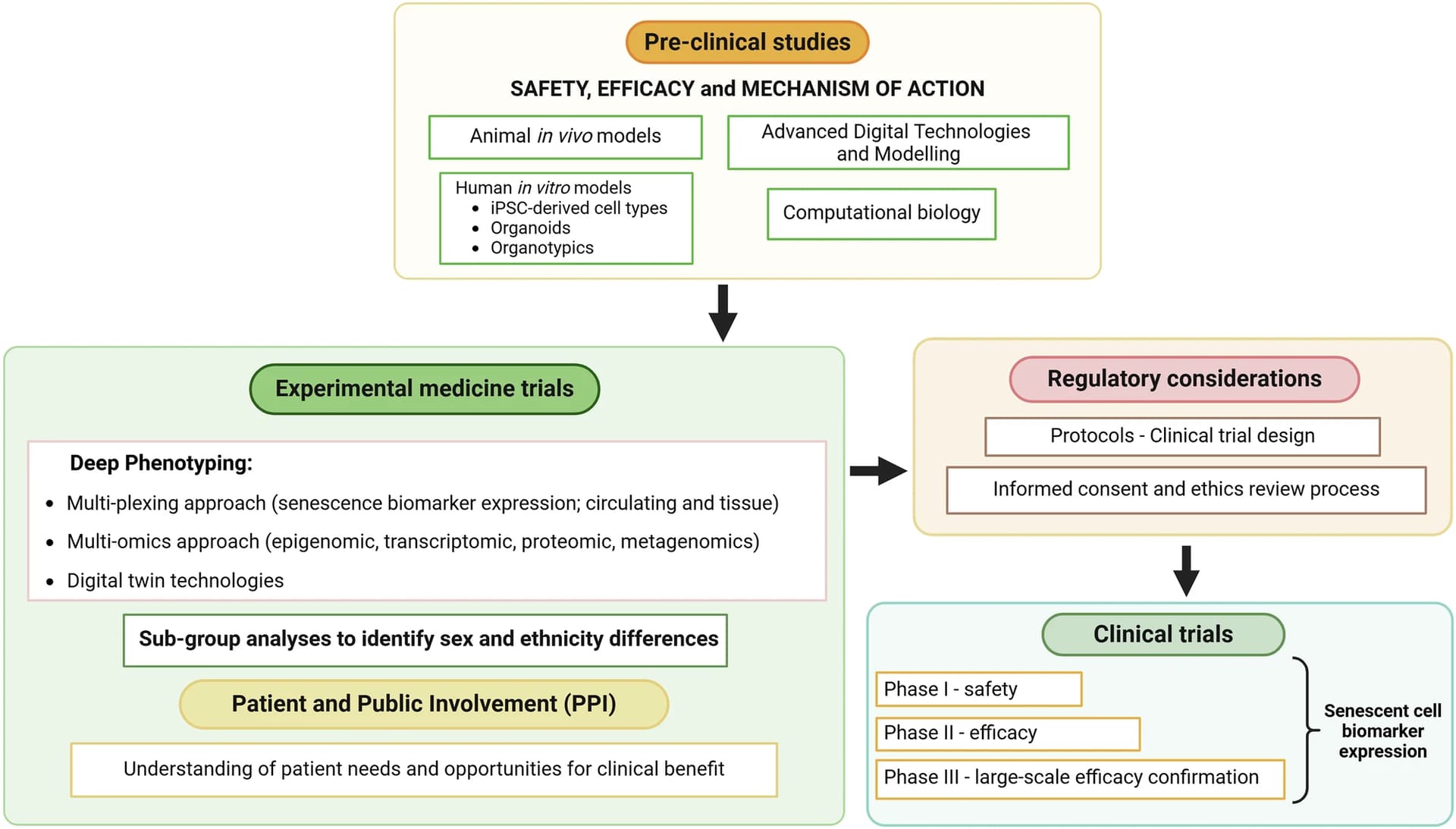A doctor told me to split them. This is a list of inactive ingredients on the first search result hit. None of them indicate enteric coating or slow release. Two indicate the opposite.
Microcrystalline cellulose: A filler and binder, often used in immediate-release and controlled-release formulations but not specific to either.
Anhydrous lactose: A filler or diluent, typically in immediate-release tablets.
Crospovidone: A disintegrant that promotes rapid tablet breakdown for immediate release.
Silicon dioxide: A glidant or anti-caking agent, not related to release properties.
Magnesium stearate: A lubricant to aid tablet manufacturing, not specific to release type.
Grok confirms:
Dapagliflozin, sold under brand names like Farxiga (US) and Forxiga (EU), is a sodium-glucose cotransporter 2 (SGLT2) inhibitor primarily used for type 2 diabetes, heart failure, and chronic kidney disease. Based on available information, dapagliflozin is typically formulated as an immediate-release tablet, not as an enteric-coated or slow-release (sustained-release) formulation.Key Points:Formulation: Dapagliflozin tablets are film-coated, but the coating is not described as enteric or designed for delayed or controlled release. The film coating is primarily for stability, ease of swallowing, or aesthetic purposes, not for modifying release kinetics. Pharmacokinetic data indicate that dapagliflozin reaches maximum plasma concentration (Cmax) within 1-2 hours after oral administration in a fasting state, consistent with immediate-release formulations.No Enteric Coating: There is no evidence from standard references, including the drug’s package insert or pharmacological profiles, suggesting that dapagliflozin requires or commonly uses an enteric coating. Enteric coatings are typically used for drugs that are acid-labile, irritate the stomach, or target intestinal release (e.g., proton pump inhibitors or aspirin). Dapagliflozin does not have these characteristics, as it is stable in gastric pH and absorbed primarily in the small intestine after rapid dissolution.No Slow-Release Formulation: Dapagliflozin is not marketed as a slow-release or extended-release product. Its mechanism of action relies on inhibiting SGLT2 in the kidneys to promote glucose excretion, which does not necessitate prolonged release. The drug’s half-life (approximately 12.9 hours) supports once-daily dosing without the need for modified-release technology.Clinical Use: The immediate-release nature of dapagliflozin aligns with its therapeutic goal of achieving rapid and consistent glucose-lowering effects. Modified-release formulations are more common for drugs requiring reduced dosing frequency or minimized peak-trough fluctuations, which is not a primary concern for dapagliflozin.Supporting Evidence:The FDA-approved prescribing information for Farxiga describes dapagliflozin as a film-coated tablet available in 5 mg and 10 mg strengths, with no mention of enteric or controlled-release properties.Pharmacokinetic studies show that dapagliflozin’s absorption is rapid, with urinary glucose excretion effects observed soon after administration, further supporting an immediate-release profile.Unlike medications such as enteric-coated aspirin or extended-release metformin (e.g., Glucophage XR), dapagliflozin’s formulation does not include polymers like hydroxypropyl methylcellulose (HPMC) or methacrylic acid copolymers (e.g., Eudragit) commonly used for enteric or slow-release coatings.Conclusion:Dapagliflozin does not have to be and is not usually enteric-coated or slow-release. It is formulated as an immediate-release, film-coated tablet for rapid absorption and onset of action. If you have a specific brand or formulation in mind, please provide additional details, and I can investigate further. Always consult your healthcare provider for guidance on your specific medication.
